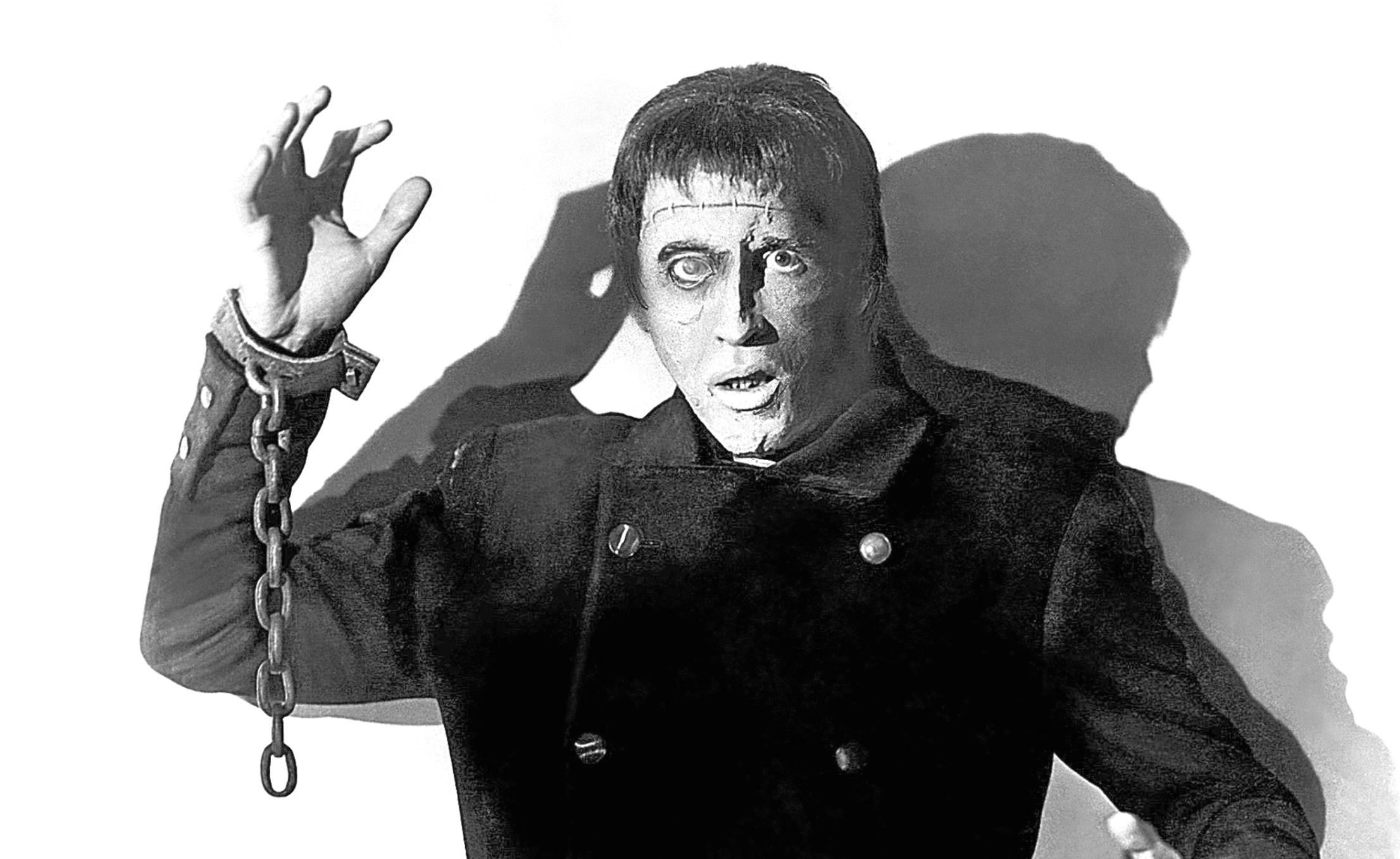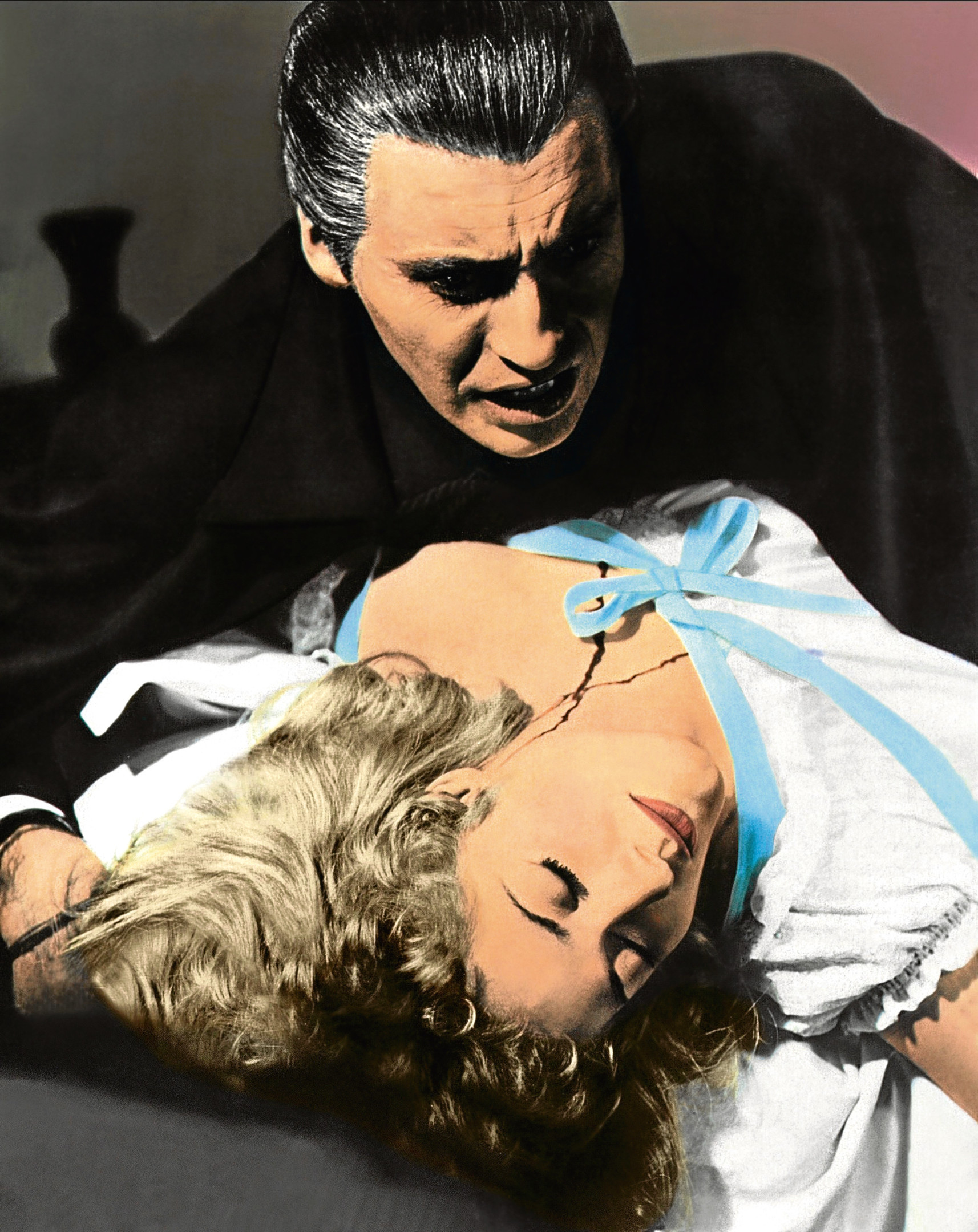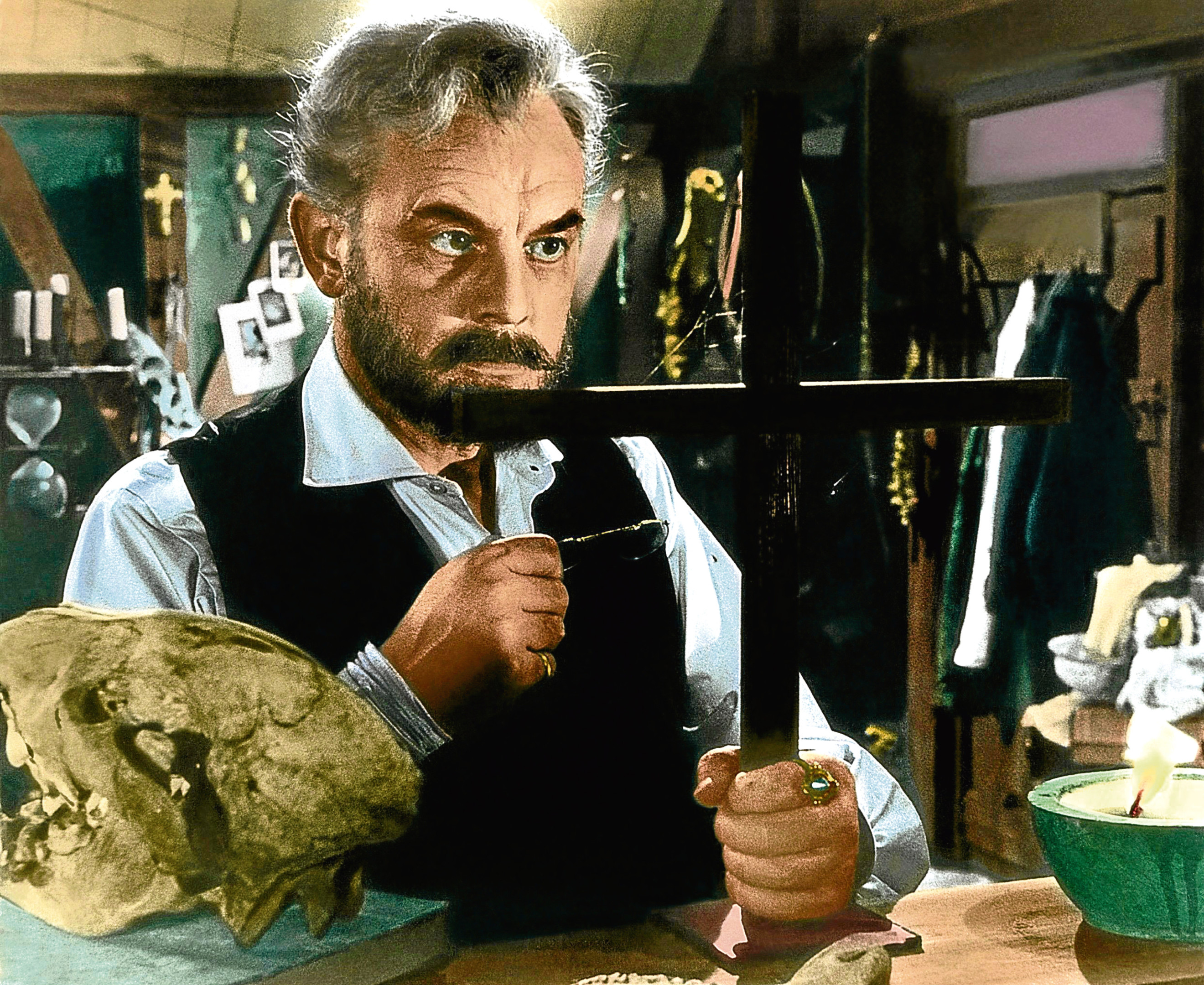
MODERN film studio masters have special effects and spend millions of dollars on big-budget horror movies — but nothing in the genre beats an old Hammer Horror film.
You can trace these marvellous, blood-sucking, crypt-shaking classics back over 60 years, to the mid-50s, when Britain’s Hammer Film Productions first thought about horror movies.
When they adapted the BBC sci-fi serial The Quatermass Experiment, the X certificate for scary films had just been brought in.
They changed the title to The Quatermass Xperiment to be topical, and the film version surprised even Hammer, to the “Xtent” that they soon issued a follow-up, the less imaginatively-named Quatermass 2.
X The Unknown was another to be put out quickly, cashing in on the publicity around the X certificate.
One of the Board of Film Censors bemoaned all this dark horror, saying: “No-one can say the customers won’t have had their money’s worth by now.
“In fact, someone will almost certainly have been sick. We must have a great deal more restraint, and much more done by onlookers’ reactions instead of by shots of pulsating obscenity, hideous scars, hideous sightless faces, etc, etc.”
The public, however disagreed, demanding more fright nights.
If anyone doubted how well such films could do, 1957’s The Curse Of Frankenstein made things very obvious — it made a lot of money.
It was Hammer’s first Frankenstein movie, and their first horror flick in full colour.
Peter Cushing was in wondrous form, while Christopher Lee was an awful, ghastly, white.
At 6ft 5ins, he was a natural.
Hammer had also to contend with severe pressure from Hollywood, and Universal fought long and hard to prevent any kind of easy copy of their movies.
Phil Leaker, Hammer’s make-up artist extraordinaire, did a great job in making their Frankenstein look nothing at all like the one portrayed by Boris Karloff.
In fact, some reckon the Hammer one is better, and they must have been happy to hear praise from USA critics, such as: “A rattling good horror show . . . the Frankenstein monster has been ghoulishly resurrected by our English cousins, well-produced, but extremely gruesome.”
Indeed it was, and Dracula the following year wasn’t a bad way to follow up all this instant success.
Renamed The Horror Of Dracula, Lee and Cushing were in imperious form.
“Don’t Dare See It Alone!” warned the promotional posters.
Who did they think they were kidding? People right around the globe clearly loved being frightened out of their skins.
Hammer did, of course, show a talent for making other kinds of movies, too, though generally of the scary variety.
Peter Cushing was marvellous in 1959’s The Hound Of The Baskervilles, but in the same year’s The Mummy, he really excelled himself.
It was directed by Terence Fisher, the genius who’d dreamed of bringing out Gothic horror in full colour, not to mention giving such films a sexy edge by having damsels in distress in every movie.
London-born Fisher was responsible for a clutch of Hammer classics, but dismissed out of hand by snobbish critics. Only in recent years have they actually admitted he almost invented a whole type of movie by himself.
And any bloke who loved the Hammer Horrors because of the Hammer Lovelies, such as Yvonne Furneaux, Ingrid Pitt and Susan Denberg, has much to thank Terence Fisher for, too!
Furneaux, daughter of a French mother and English father, made some great movies, but none better than The Mummy.
Denberg, a German-Austrian model-cum-actress, also popped up in Star Trek as an beautiful but troubled woman.
Ingrid Pitt had survived three years in a Nazi concentration camp.
Warsaw-born, she was a qualified pilot, passionate about Second World War aircraft, and for many Hammer Horror fans, the most gorgeous person ever troubled by vampires.
Unfortunately, Christopher Lee soon grew tired of doing these films.
Keen to try other types of project, he once groaned: “They gave me nothing to do! I pleaded with Hammer to let me use some of the lines Bram Stoker had written. Occasionally, I sneaked one in!”
This was why 1963 Hammer effort Kiss Of The Vampire was put out — it was planned as the latest Dracula, but without Lee, they took out all mention of Dracula.
It did OK, though an American version was edited so much that some scenes simply made no sense.
But it did show that when Cushing, Lee and the third member of Hammer’s Unholy Trio, Vincent Price, were absent, their films weren’t quite so brilliant.
With the relucant Lee back for 1966’s sensational Dracula — Prince Of Darkness, there were no such worries. It was a phenomenal success.
Barbara Shelley, known as The First Leading Lady Of British Horror, was fabulous, although she was no scream queen, her screams overdubbed!
Nonetheless, she was just the standard to match Christopher Lee.
Together, they made blood-curdling film fun, and as we’ll see in part two of our Hammer Horror series next week, Hammer would continue to make classics for another decade.
Read part two tomorrow on sundaypost.com

Enjoy the convenience of having The Sunday Post delivered as a digital ePaper straight to your smartphone, tablet or computer.
Subscribe for only £5.49 a month and enjoy all the benefits of the printed paper as a digital replica.
Subscribe
